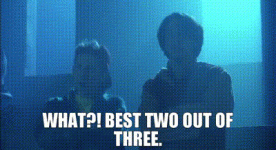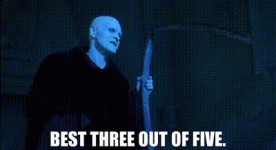New guy here so be easy on me. I bought a new home in January with a saltwater pool. We have pretty much had nightmares with the construction of the pool as well as the house for almost 2 years of construction. I have found that the company who built the home and the pool are pretty much brain dead and are of no use. I have been taking care of the pool myself since we moved in, late January. Its been a learning experience but I have stuck with it and believe I am getting a better handle on it.
As of now, mostly I am brushing and use my vacuum weekly, adjusting high PH levels twice a week to 3 times a week using Muriatic Acid. I was having big issues with the FC for the first couple of months. I just could not get the FC to make sense then after reading here, I found out the the pool company never added any CYA. Zero. So after getting that going, my FC is doing much better and holding from 4-7ppm read with a Taylor test kit.
We use our pool a lot. 4 times a week at least. Some times more. I have not "shocked" the pool since I have had it. I am asking when and why would I need to to shock it and how should I go about doing that. My pool is a 7500 gal rectangle with a 8'x8' spa on the end. The spa overflow into the pool and I have a 4 foot wide waterfall that also flows in the pool. I am in Sarasota Florida and have a pool cage over my entire pool area. Nothing is really getting in there. I am vacuuming to pick up and sand or broken concrete from my brushing or the pavers that surround the pool.
7500 gal saltwater pool with spa
Jandy chlorinator running at 60% right now
From yesterdays readings with my taylor test kit
FC - 6
TA - 70
CH - 345
Temp - 86.5
PH - 7.6 (measured with digital tester)
CYA - 55 (measured with Water guru). I cant get that Taylor test to work correctly so Im using this thing to monitor CYA.
My CYA was at 0 a month ago. I used the Clorox stabilizer to slowly get to this point. I added some 3 times in a week and
this is where I am now
The only thing that we have had in our pool other than sand is I had a mouse swimming in it this morning when I woke up. He
got in under my cage door which I am repairing. Should I be "shocking" this thing and how do I go about it?
Thank you so much for your help.
As of now, mostly I am brushing and use my vacuum weekly, adjusting high PH levels twice a week to 3 times a week using Muriatic Acid. I was having big issues with the FC for the first couple of months. I just could not get the FC to make sense then after reading here, I found out the the pool company never added any CYA. Zero. So after getting that going, my FC is doing much better and holding from 4-7ppm read with a Taylor test kit.
We use our pool a lot. 4 times a week at least. Some times more. I have not "shocked" the pool since I have had it. I am asking when and why would I need to to shock it and how should I go about doing that. My pool is a 7500 gal rectangle with a 8'x8' spa on the end. The spa overflow into the pool and I have a 4 foot wide waterfall that also flows in the pool. I am in Sarasota Florida and have a pool cage over my entire pool area. Nothing is really getting in there. I am vacuuming to pick up and sand or broken concrete from my brushing or the pavers that surround the pool.
7500 gal saltwater pool with spa
Jandy chlorinator running at 60% right now
From yesterdays readings with my taylor test kit
FC - 6
TA - 70
CH - 345
Temp - 86.5
PH - 7.6 (measured with digital tester)
CYA - 55 (measured with Water guru). I cant get that Taylor test to work correctly so Im using this thing to monitor CYA.
My CYA was at 0 a month ago. I used the Clorox stabilizer to slowly get to this point. I added some 3 times in a week and
this is where I am now
The only thing that we have had in our pool other than sand is I had a mouse swimming in it this morning when I woke up. He
got in under my cage door which I am repairing. Should I be "shocking" this thing and how do I go about it?
Thank you so much for your help.





